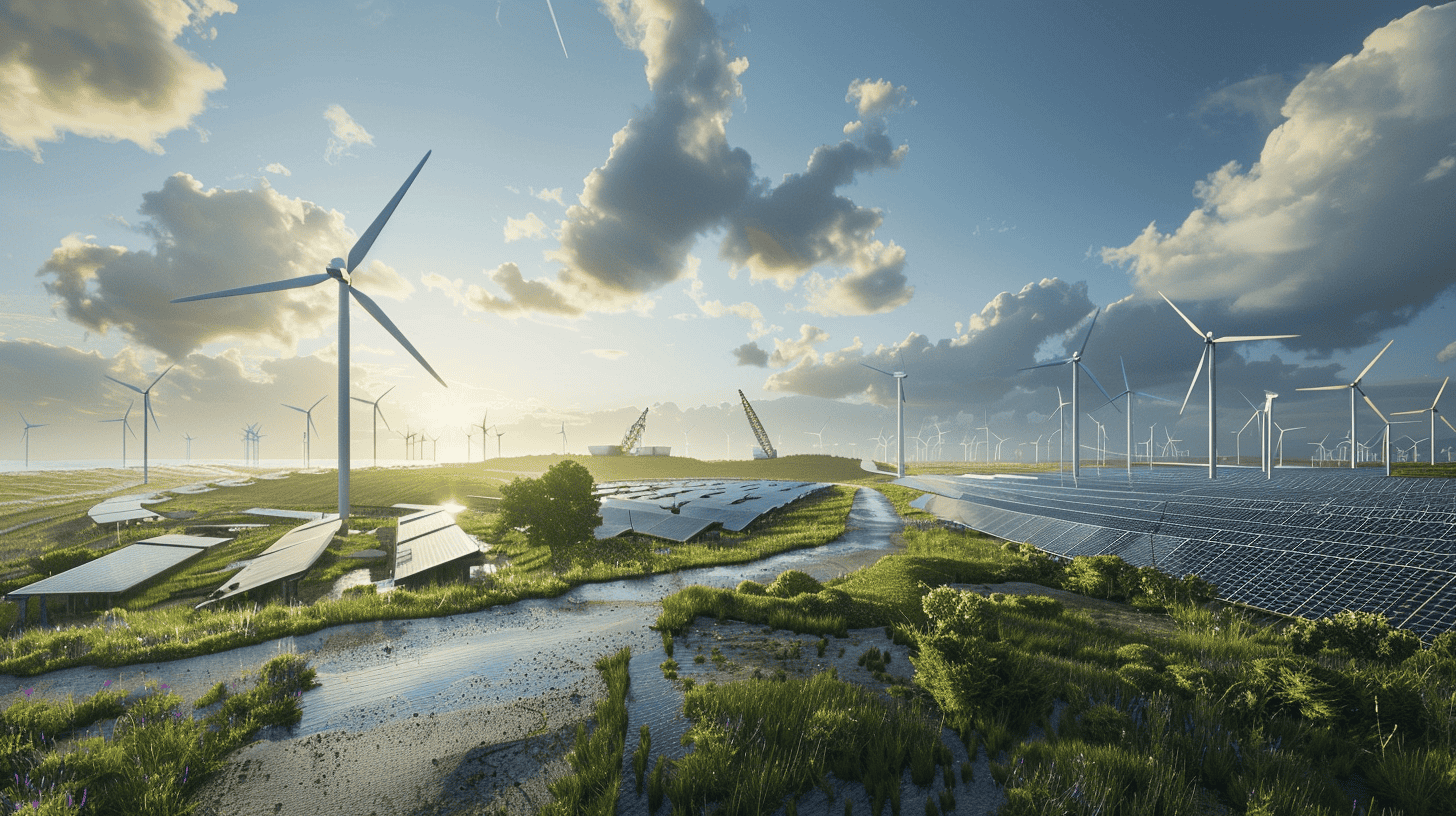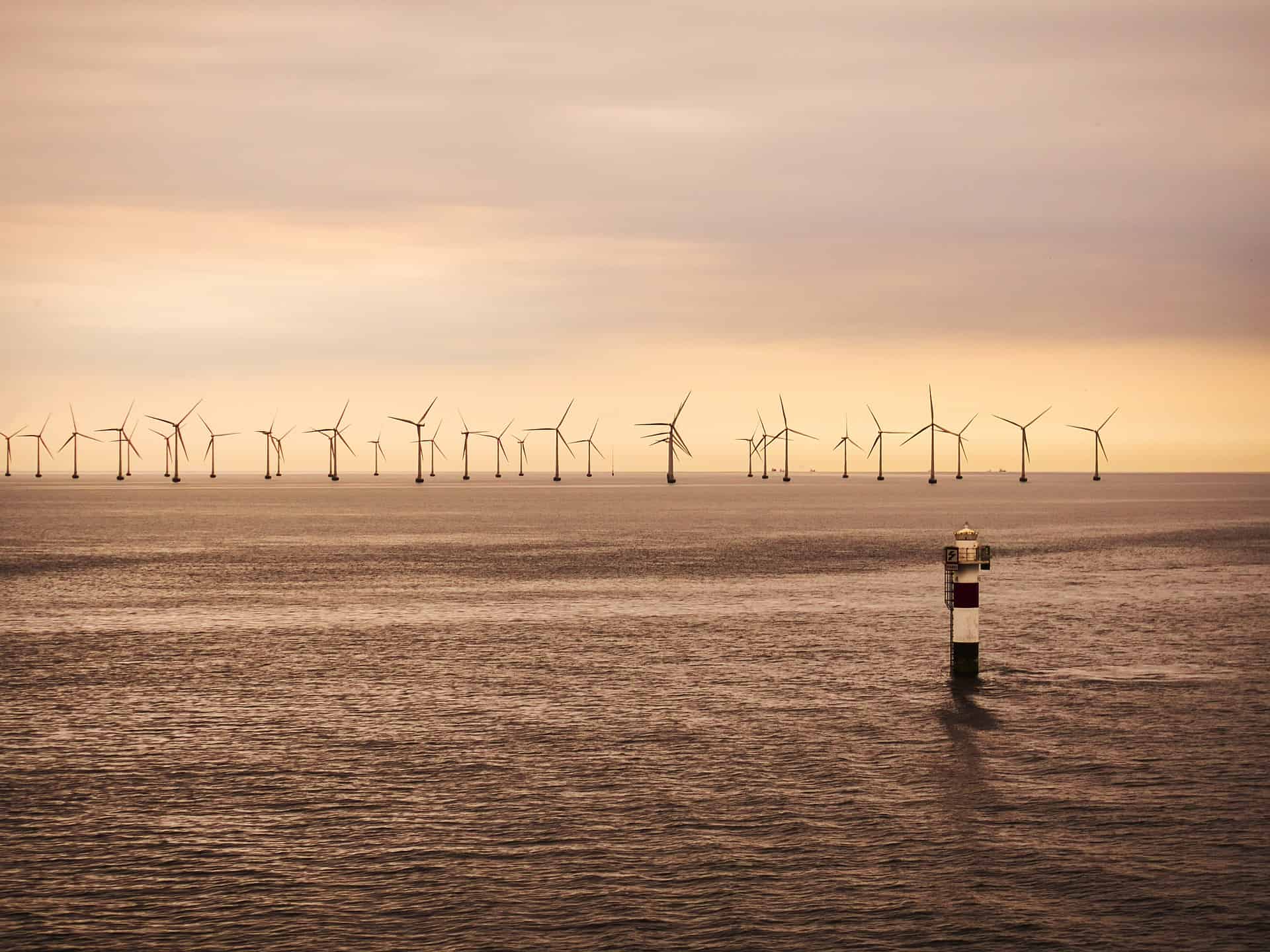
In July, 11% of renewable electricity in the Netherlands was lost due to wind turbine and solar panel curtailment, new figures by data portal Energieopwek.nl show. Given a lack of energy storage and export capabilities, renewable power uptake stagnated this year compared to 2023. As a result, renewable energy assets were turned off more frequently and a potential green energy yield was lost.
Throughout the past month, there were several moments when solar panels and windmills could generate more power than needed for use and export. In these conditions, electricity prices are negative, so energy producers can’t earn any money and temporarily shut down their assets.
In addition, the BritNed Cable—a power cable connecting the Netherlands and Great Britain—was out of order most of the month, limiting exports. On a regular month, around 1 GW of power can be exported through it.
Lost potential hydrogen production
According to EnTranCe estimates, 927 hours of green hydrogen have been produced so far this year with electrolyzers and adequate storage capacity. Through its virtual electrolyzer, the company calculated the amount of green energy “lost” due to solar panels and wind curtailment. Given the rapidly rising trend, the moment seems approaching when it becomes attractive to store or convert the surplus of cheap, sustainable electricity to sell the energy later at better prices.
Due to the shutdown, the share of sustainably generated electricity reached around 58%. That is almost at the same level as July last year. If all capacity had continued to operate, the share would have come to 63%. That is more than the 60 percent of the year before.

Total renewable energy production grows slightly
The total production of renewable energy grew slightly, increasing by 2% compared to July last year. Solar energy was the fastest grower, with 30% more. Because there was less wind, onshore turbines produced 25% less than last year. Wind at sea made up for that, as more turbines are now operating there. The contribution of biomass was small. It did not have to be used for the production of heat. Also, hardly any electricity was produced by coal-fired power stations that co-fired biomass.

